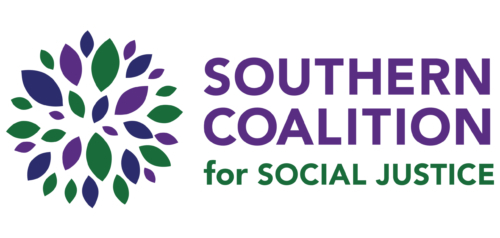On May 25, the Southern Coalition for Social Justice executive director Anita Earls spoke at the America Healing conference about the importance of community engagement and redistricting issues. Redistricting, or regrouping people within newly drawn district lines, has a large impact on whose voices are given representation and can directly affect the outcome of elections. In light of the recent census, fair redistricting has become a pressing issue. In response, SCSJ has highlighted some key ways to involve individuals and communities in making certain that the lines are drawn in a way that ensures fair and equal representation for the next ten years.
1) Know the options. SCSJ utilizes a mapping software called Maptitude to draw sample districts that show what representation would look like with each option. Organizations with staff members who are familiar with this software can access the program remotely, or an SCSJ cartographer can offer assistance and alternative options. For more information, contact allison@southerncoalition.org.
2) Ask the right questions. What will be the procedures and process for redrawing the district lines and are they written? If the process hasn’t been decided, who will decide, and when, and how? Who are the staff people who will be involved in analyzing Census data to assist with redrawing the lines? SCSJ can provide a more complete list of questions and assist in interpreting the answers.
3) Host a forum to educate the community. Contact SCSJ to see if a staff member would be available to provide resources and expertise regarding the importance of knowing and advocating for redistricting rights.
4) Attend a public hearing. Lawmakers are more likely to respond to an engaged community.
For more information go to http://redistrictinginstitute.org/.
